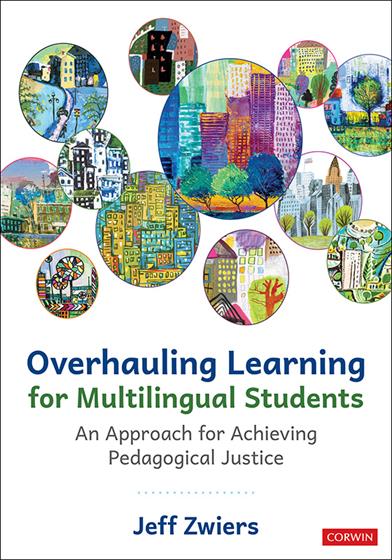Elementary English Learner Classroom Composition and Academic Achievement: The Role of Classroom-Level Segregation, Number of English Proficiency Levels, and Opportunity to Learn
By Peggy Estrada, Haiwen Wang, and Timea Farkas
American Education Research Journal; 2020; Volume 57, Issue 4
Research consistently shows that diverse classrooms with integrated language proficiency policies are more beneficial to English learners (ELs) than classrooms segregated by student ability. But guidance for developing such policies is scant. This study fills that gap and shows that integrated approaches also benefit teachers, English-proficient peers, and the social-emotional outcomes for all students.
Integrated classroom policies, which mix students of varying English proficiency in a single class, have a tremendous effect on the success of ELs. They can help remedy deficit-thinking about EL students, expand ELs’ exposure to English-proficient peers and pragmatic language, and multiply opportunities to learn by increasing the range of instructional strategies for teachers and opening more avenues to challenging academic language work. Yet, many schools still choose to segregate ELs by their proficiency level, believing it will make it easier for teachers to instruct and guide learners with similar language needs. This study reviews the literature on that topic and utilizes two years of administrative data and three years of interview data to provide concrete information on the advantages of the integrated approach.
By integrating their quantitative and qualitative results researchers found that placing ELs with reclassified and non-EL peers had significant impact on EL test performance, enough to make the difference between continued EL placement and reclassification. This is in addition to findings that show integrated classroom compositions are valuable for the social-emotional benefits they provide, such as fostering peer learning, supporting strength-based views of ELs, and reducing affective filters that prevent EL participation in classroom activities. Combined with previous research, the authors conclude that “the weight of the available evidence indicates that maximizing integration is likely to support increased EL achievement, on average.”
Related Titles



Don't Have Much Time?
The Literature Review offers a high-level look at relevant research on second-language acquisition, labeling theory, and EL identity formation. Combined with the concluding Discussion and Research and Policy Implications, school leaders can quickly get a summary of the data that will be most relevant to their classroom composition policies.
Reflection Questions and Next Steps
- What classroom composition policies do you currently have in place for your ELs? What led you to decide on that policy?
- For leadership: what do you need to arrange an interview session with your EL teachers? Given the research outcomes in this article, what questions do you want to ask them about the resources they have and need for teaching their EL students?
- What beliefs about ELs do you have as a teacher? Do you think classroom composition policies might have informed those beliefs? For leadership, are you aware of schoolwide attitudes toward EL ability and identity? What changes could you make that would emphasize EL strengths and eliminate stigmas?
- Researchers in this study found that “it was the presence of English-speaking models and higher performing peers, including [English-only speakers], reclassified former ELs, and ELs at higher levels of [English language proficiency], in integrated compositions that afforded a greater repertoire of instructional moves, which [teachers] considered more effective.” What kind of instructional moves come to mind when you read this? What tools and strategies would become available to you if your ELs could have recourse to English proficient peers? If your classrooms are currently segregated by performance, what steps could you take to give ELs access to these students?